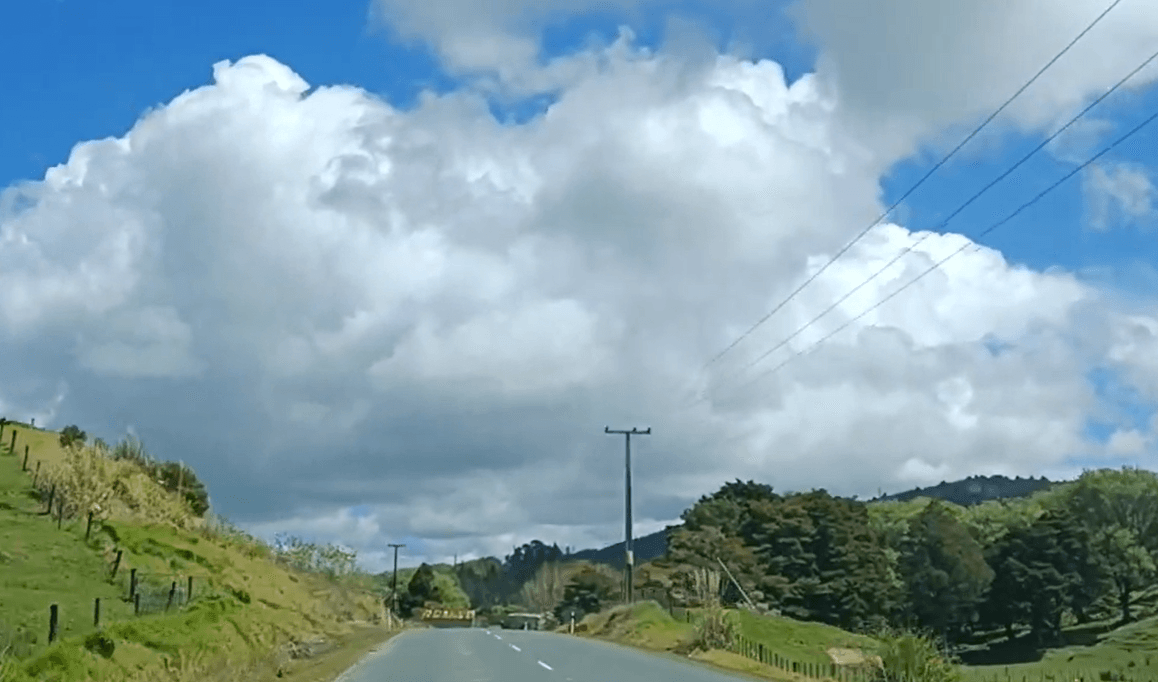Loading News Article...
We're loading the full news article for you. This includes the article content, images, author information, and related articles.
We're loading the full news article for you. This includes the article content, images, author information, and related articles.
Kenya’s meteorological agency says the October–December short rains will likely be late and below average because of La Niña and a negative Indian Ocean Dipole. Officials urge farmers and communities to prepare for hotter, drier conditions and take early action to protect crops and water supplies.

Nairobi, Aug 27, 2025 — Kenya’s weather authorities have cautioned that the October–December short rains may be among the driest in years, raising fresh alarms over food security and water stress. At the 71st Greater Horn of Africa Climate Outlook Forum (GHACOF) in Nairobi, scientists from the Intergovernmental Authority on Development’s Climate Prediction and Applications Centre (ICPAC) projected a 55% probability that central and eastern counties will receive below-normal rainfall.
Weak La Niña and a developing negative Indian Ocean Dipole (IOD) are expected to suppress rainfall across much of the Horn of Africa.
Central and eastern Kenya: Higher risk of delayed rains and above-average temperatures, intensifying drought impacts.
Western Kenya: Likely to see better-than-average rainfall and an earlier onset of the season.
National significance: Short rains typically provide up to 70% of annual precipitation for Kenyan farmers.
Deborah Barasa, CS for Environment: Urged both national and county governments to strengthen climate resilience, stressing that early-warning information must reach farmers and pastoralists.
“Bridging the early warning gap requires shared knowledge, timely information and a united regional approach.”
Edward Muriuki, Acting Director, Kenya Meteorological Department: Pledged continuous updates to help communities adjust planting schedules, conserve water, and prepare for heatwaves.
Mohamed Ware, IGAD Deputy Executive Secretary: Warned that the Horn of Africa remains on the front line of the climate crisis and pressed governments to convert forecasts into practical action for crops, livestock, and water systems.
IGAD officials urged cross-border cooperation in managing food reserves, migration pressures, and drought response.
Food security: Farmers in drought-prone counties may struggle with reduced harvests, worsening already high maize and bean deficits.
Pastoralist livelihoods: Scarce pasture and water raise risks of livestock losses and conflict over resources.
Urban impact: Water rationing and electricity shortfalls (from reduced hydropower inflows) could affect Nairobi and other cities.
Conserve water and invest in rain-harvesting where possible.
Adjust planting to drought-resistant or early-maturing crops.
Monitor updates from the Meteorological Department and county agriculture offices.
Engage in community preparedness — from fodder storage to livestock vaccination.
Keep the conversation in one place—threads here stay linked to the story and in the forums.
Other hot threads
E-sports and Gaming Community in Kenya
Active 6 months ago
Popular Recreational Activities Across Counties
Active 6 months ago
Investing in Youth Sports Development Programs
Active 6 months ago
The Role of Technology in Modern Agriculture (AgriTech)
Active 6 months ago